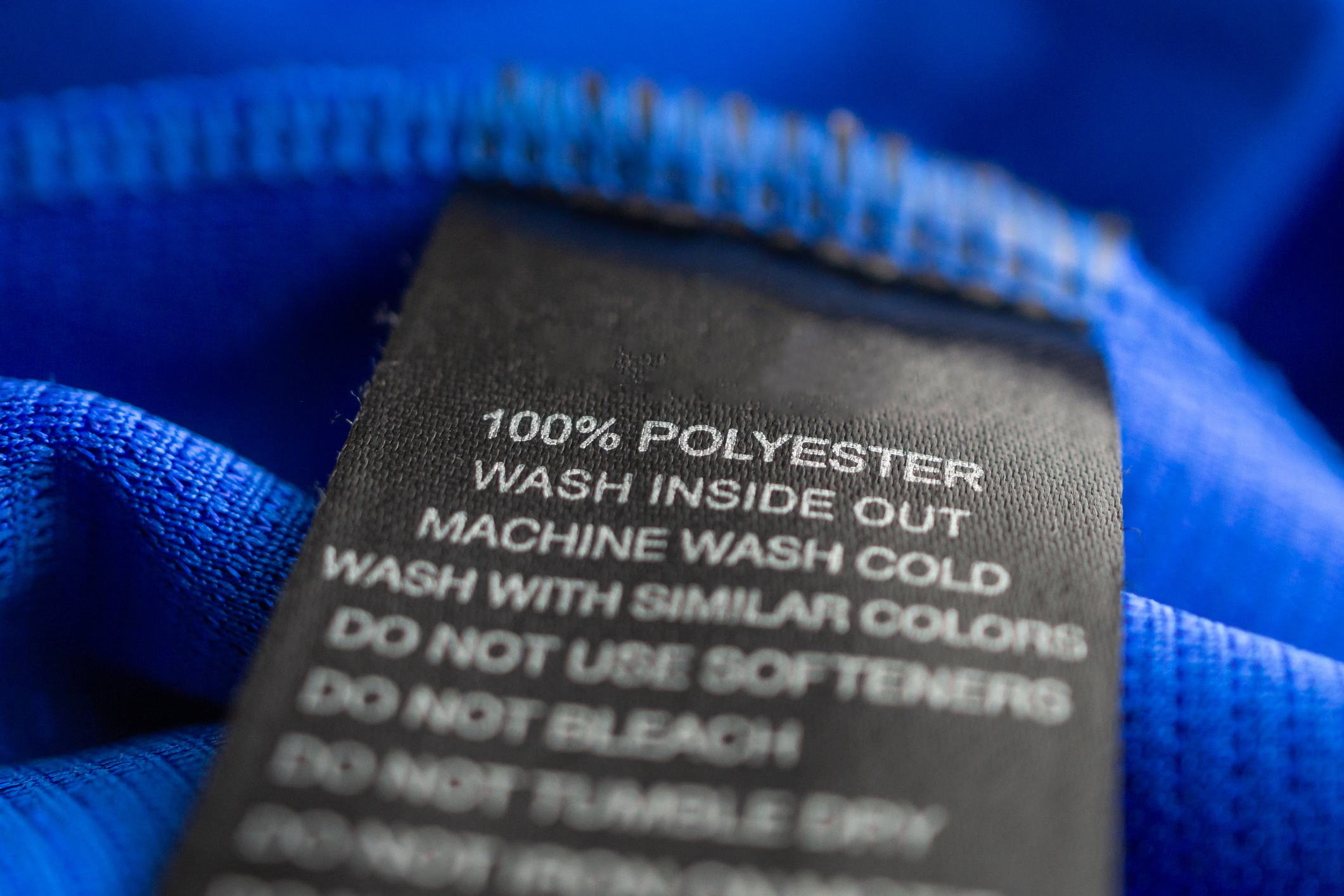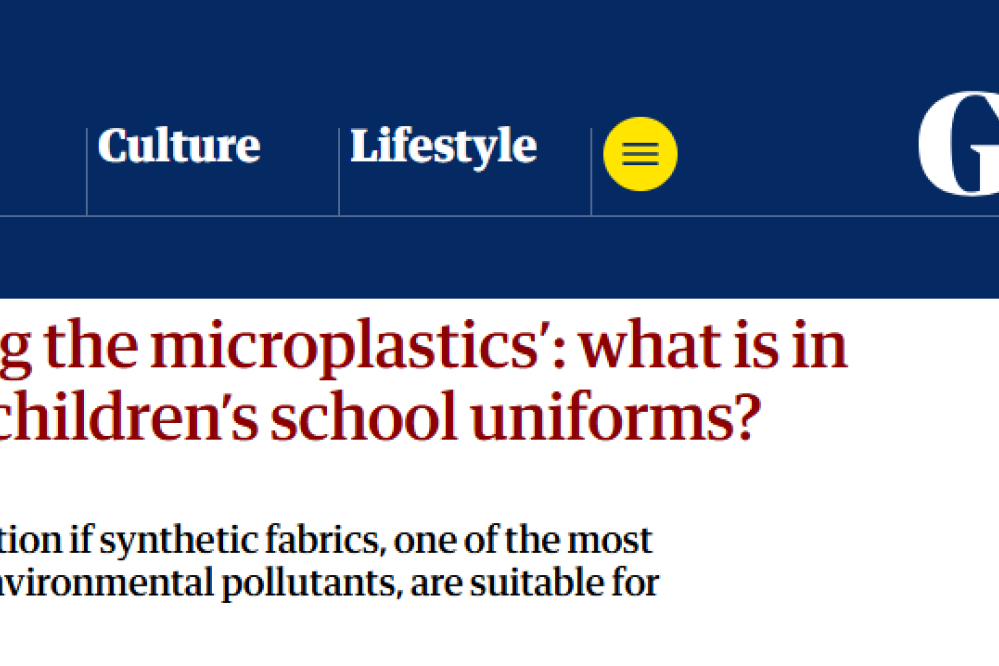Across the UK, more than eight million children wear school uniforms made predominantly from polyester for around 200 days each year. While this fibre is widely used for its durability and low cost, growing evidence reveals profound and interconnected risks that extend from individual children’s health to global environmental systems. Recent studies show polyester garments can release thousands to millions of microfibres per wash, with the highest shedding during the first few washes. These microfibres are now found in human lungs, blood, and placental tissue, signalling a troubling exposure pathway. Simultaneously, many school uniforms are coated with stain repellents, flame retardants, and anti-crease finishes—chemical additives that are often poorly regulated and associated with endocrine disruption, reproductive harm, and developmental toxicity.
This is not merely a materials issue; it is a systems problem. The UK school uniform value chain is fragmented, spanning global fibre producers, textile finishers, garment manufacturers, branding firms, wholesalers, retailers, school procurement bodies, and parents. No single actor holds responsibility for the full system, and the incentives prioritise low cost and durability while externalising health and environmental impacts. Meanwhile, significant volumes of discarded uniforms are exported under ambiguous trade codes, often mislabelled as “recycling” yet ultimately sent to landfill in other countries. This creates a hidden feedback loop: children’s daily uniforms become part of a transnational waste stream that perpetuates microplastic and chemical pollution worldwide.
While the European Union is moving towards ambitious reforms including the Ecodesign for Sustainable Products Regulation, mandatory product passports, and targets to cut synthetic fibre release by 30% the UK currently lacks an equivalent strategy. This gap leaves schools, parents, and policymakers without clear standards or tools to act, and leaves children exposed.
Impact pathways:
Using complex systems thinking and CRSD’s co-creation laboratory methods, this research will map the full lifecycle of UK school uniforms—from design and procurement to use, washing, and end-of-life—and examine how each stage contributes to cumulative microfibre shedding and chemical exposure. It will integrate evidence from life-cycle assessments, public health studies, supply chain reports, and trade data with insights from multi-stakeholder co-creation labs. These labs will bring together parents, schools, suppliers, regulators, and public health experts to identify system bottlenecks, align incentives, and design practical interventions.
The study will produce:
- a systems map of the school uniform value chain showing health and environmental risk flows
- a child-centred uniform specification including thermal comfort, low-shedding fabrics, and chemical safety criteria
- a prototype product passport to make fibre content, shedding class, and chemical finishes transparent
- a policy roadmap to align UK practice with emerging EU sustainability and safety standards
By reframing school uniforms as a public health and environmental governance challenge, this project will build the evidence, coalitions, and tools needed to reduce children’s exposure to harmful synthetics and create a safer, more sustainable system.
📩 To collaborate or pilot this research, contact Professor Nazia Habib at nsh29@cam.ac.uk


